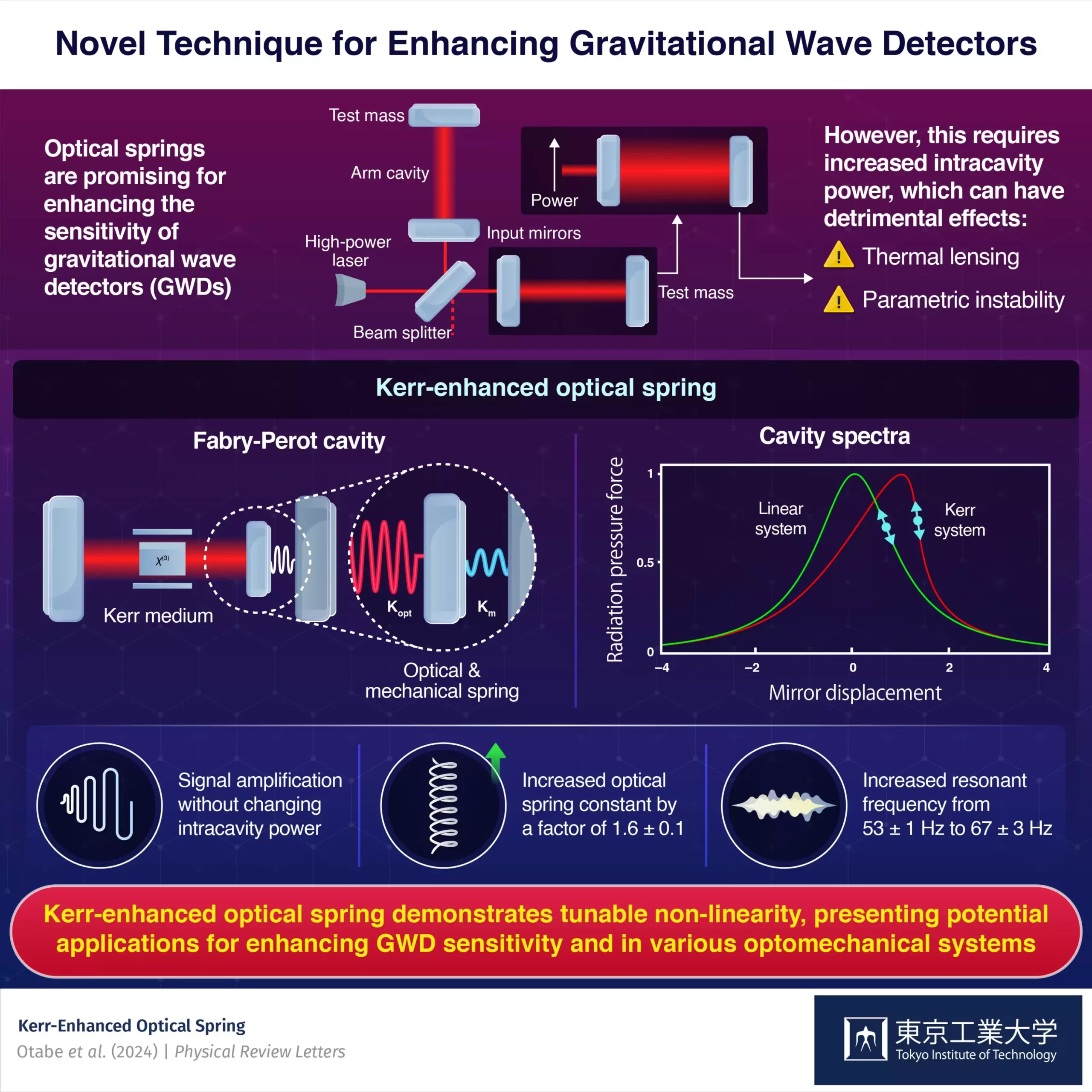Gravitational wave detection has marked a milestone in modern physics, shedding light on the workings of the universe. The recent detection of gravitational waves emerging from a binary neutron star merger in 2017 opened up a realm of possibilities for understanding various cosmic phenomena, from gamma-ray bursts to the formation of heavy elements. However, the detection of gravitational waves from post-merger remnants has proven to be challenging, primarily due to the limitations of current gravitational wave detectors.
The frequency range of post-merger gravitational waves falls outside the capabilities of modern gravitational wave detectors, posing a significant hurdle in capturing these elusive signals. These waves offer essential insights into the internal structure of neutron stars, making them a crucial element in unraveling the mysteries of the cosmos. With the sporadic occurrence of these waves, occurring once every few decades, there is an urgent need for the development of next-generation gravitational wave detectors.
One innovative approach to enhance the sensitivity of gravitational wave detectors is by employing optical springs, which differ from traditional mechanical springs by leveraging radiation pressure force from light to mimic spring-like behavior. The stiffness of optical springs, crucial in gravitational wave detectors, is dependent on the intracavity light power. Increasing the intracavity light power can raise the resonant frequency of optical springs; however, this can lead to detrimental thermal effects that impede detector performance.
Addressing this challenge, a team of researchers from Japan, under the leadership of Associate Professor Kentaro Somiya and Dr. Sotatsu Otabe from Tokyo Tech’s Department of Physics, devised a groundbreaking solution: the Kerr-enhanced optical spring. By introducing intracavity signal amplification through a Kerr medium, the researchers managed to enhance the optical spring constant without the need to increase intracavity power. The innovative design involves inducing an optical Kerr effect in the cavity, where changes in the refractive index of the medium create a drastic gradient of the radiation pressure force, thereby boosting the optical spring constant.
Experimental results demonstrated a significant enhancement in the optical spring constant by a factor of 1.6, leading to an increase in the resonant frequency from 53 Hz to 67 Hz. The researchers envision further improvements in the signal amplification ratio with the refinement of technical aspects. Dr. Otabe highlights the ease of implementation and the novel tunable parameter introduced by the proposed design, emphasizing its potential not only in gravitational wave detectors but also in other optomechanical systems aimed at cooling macroscopic oscillators to their quantum ground state.
The development of the Kerr-enhanced optical spring represents a leap forward in enhancing the sensitivity of gravitational wave detectors and unlocking the full potential of optomechanical systems. With its ability to increase the optical spring constant without raising intracavity power, this innovative solution paves the way for improved gravitational wave detection and a deeper understanding of the universe’s mysteries.



Leave a Reply